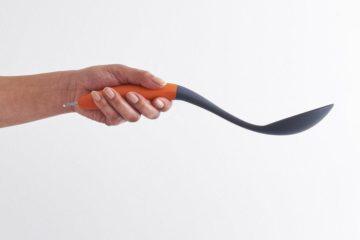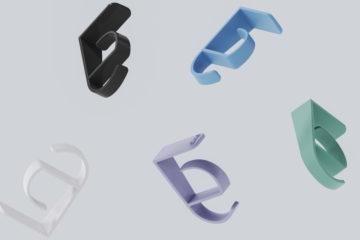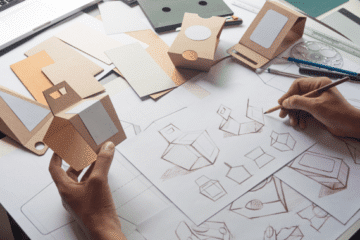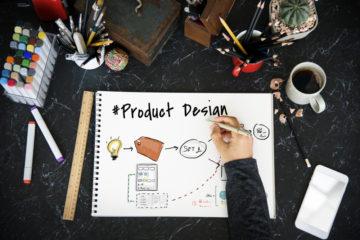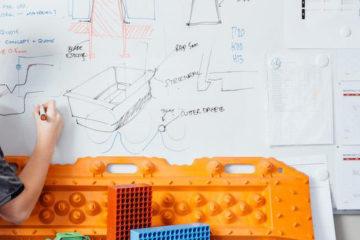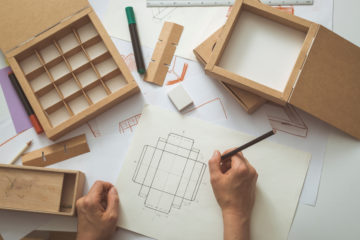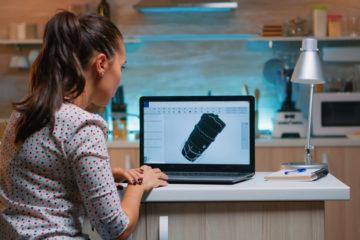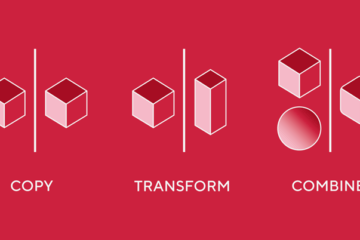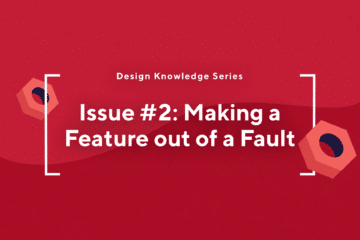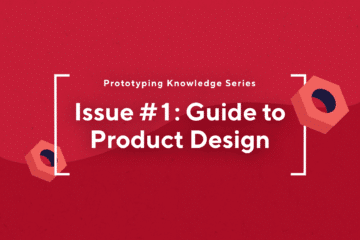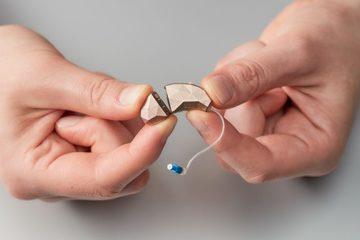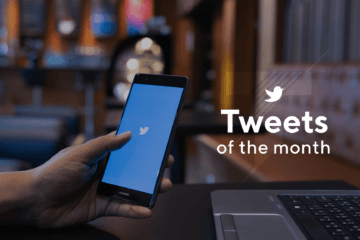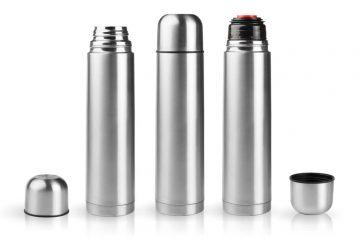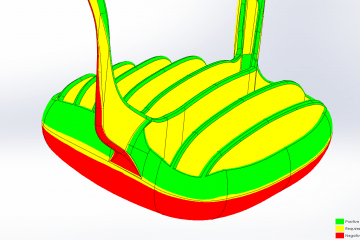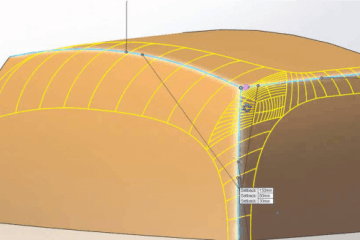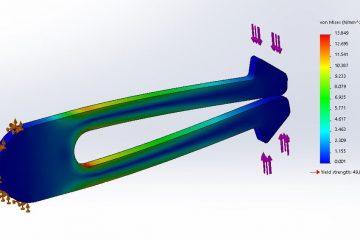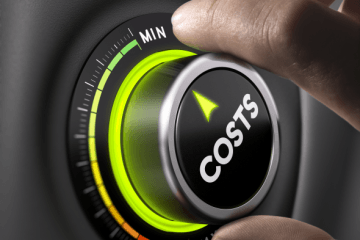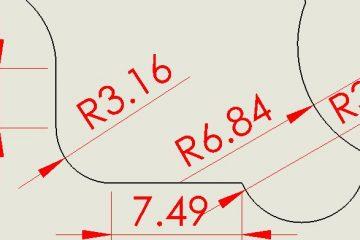
A patent grants you exclusive and legally enforceable rights to commercially exploit any device, substance, method or process that is deemed new, inventive or useful.
The duration of your product’s protection will depend on which type of patent you hold.
• A standard patent – legally enforceable, takes approximately up to 5 years to be granted and lasts for up to 20 years.
• An innovation patent – not legally enforceable (unless it has been examined and certified by IP Australia), takes approximately 1 month to be granted (or at least 6 months if you request an examination) and lasts for up to eight years.
• Pharmaceutical patent – lasts up to 25 years.
To apply for a patent within Australia, all applications must be filed through IP Australia.
Who Can Apply
• You can apply as an individual, company or organisation. However, you can not apply as a firm or partnership.
• To succeed, you must be able to prove that you’re the actual inventor of the product. Alternatively, you must show that you have entitlement from the actual inventor(s).
What You’ll Need
• Your personal details
• Product details including claims, abstract, drawings, etc.
• Payment for the patent application fee
The Process
1. Understand the Eligibility Requirements
To obtain a patent your product must be:
• Patentable subject matter – Matter such as artistic creations, mathematical algorithms, schemes or theories are not patentable.
• New – You cannot patent an idea or product that is already publicly known
• Inventive – If your product is ‘obvious’ to a skilled person then it is not patentable.
• Useful – An assessment of whether your product is capable of being made in accordance with the claims and information provided in your patent.
• Not used previously – If you have been selling or using the product within your business then it is automatically disqualified from being patentable.
2. Research Existing Patents
Search the AusPat website and international sites to ensure you are not trying to copy a product or idea that has previously been patented.
3. Assess Your Invention
Compare your product against similar inventions and patent documents to determine whether its different enough to be patentable.
It is recommended that first-time applicants engage an experienced Australian patent attorney when researching and applying for a patent. Without the advice of a patent attorney, it can be challenging to establish a watertight foundation for your application and gain the IP rights you are seeking, resulting in application failure.
4. Patent Application Draft
Write a patent specification which includes claims, abstract and drawings of your invention. To secure your patent, this documentation must either be submitted online or mailed directly to IP Australia.
Patent Attorneys also specialise in this part of the process (drafting and filing of patents).
5. Examination & Prosecution
Your application will be assessed by the relevant IP Office to make sure it meets legislative requirements and examination reports may be issued. To be granted your patent, a response to the examination report is usually required.
6. Acceptance
Once you receive acceptance and pay any remaining acceptance or grant fees, you now have an exclusive and legally enforceable patent for your invention!
7. Renewal Payments
Renewal fees must be paid annually for all standard and innovation patents to remain enforceable. The cost is dependant on the lifetime and the type of patent. If you fail to make a payment on your patent renewal, then it will lapse.
Important
• Don’t publicly demonstrate, sell or discuss your invention before applying as you may not be granted a patent. If you want to discuss your product with employees or business partners, have them sign a confidentiality agreement first.
• Are you wondering whether pursuing patent protection for your product is worth it? Then consider filing a provisional application which gives you 12 months to think about whether your invention is worthy of further time and resources.
Subscribe to Our Newsletter
Get the latest news from Dienamics into your inbox





